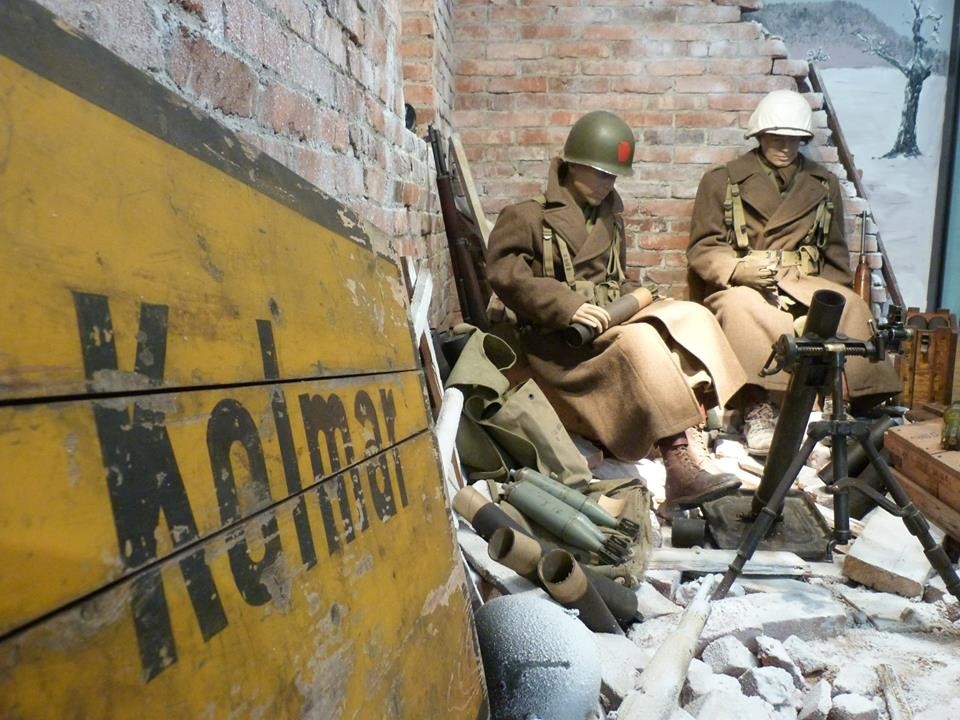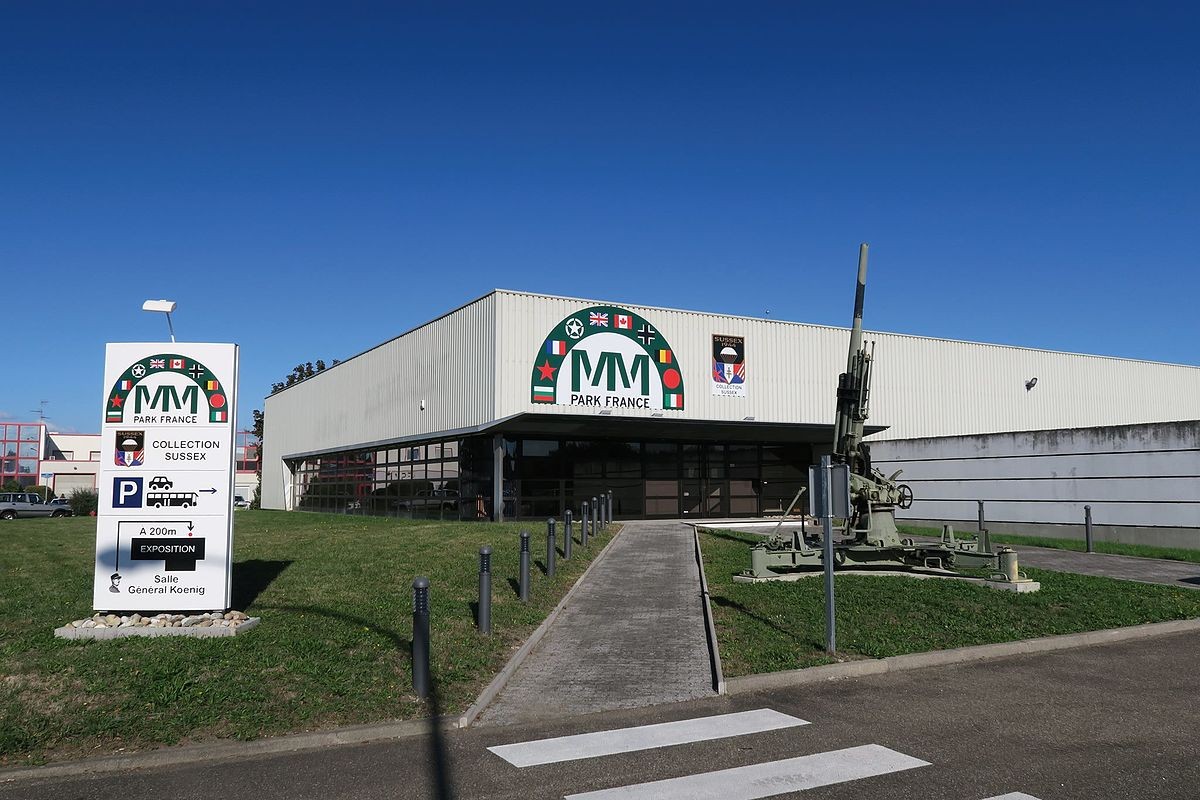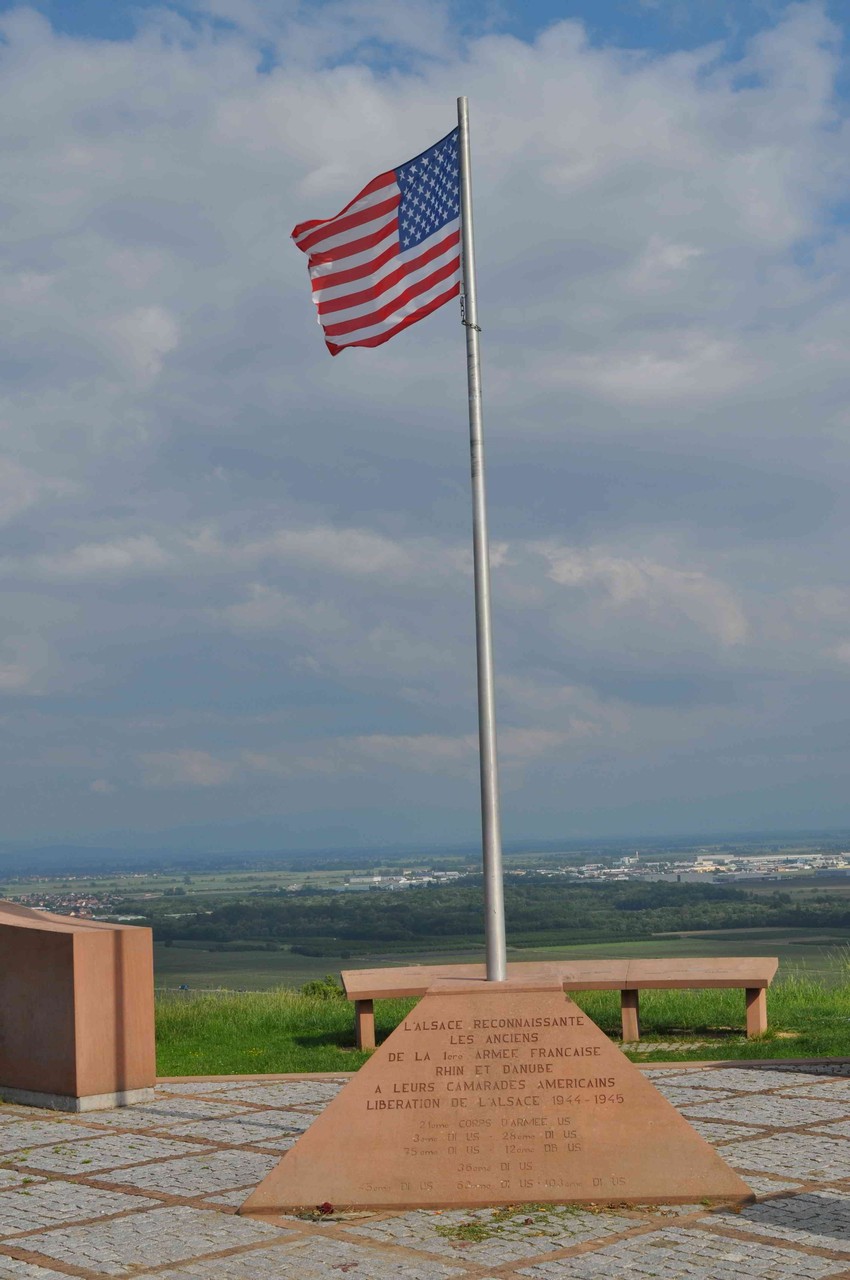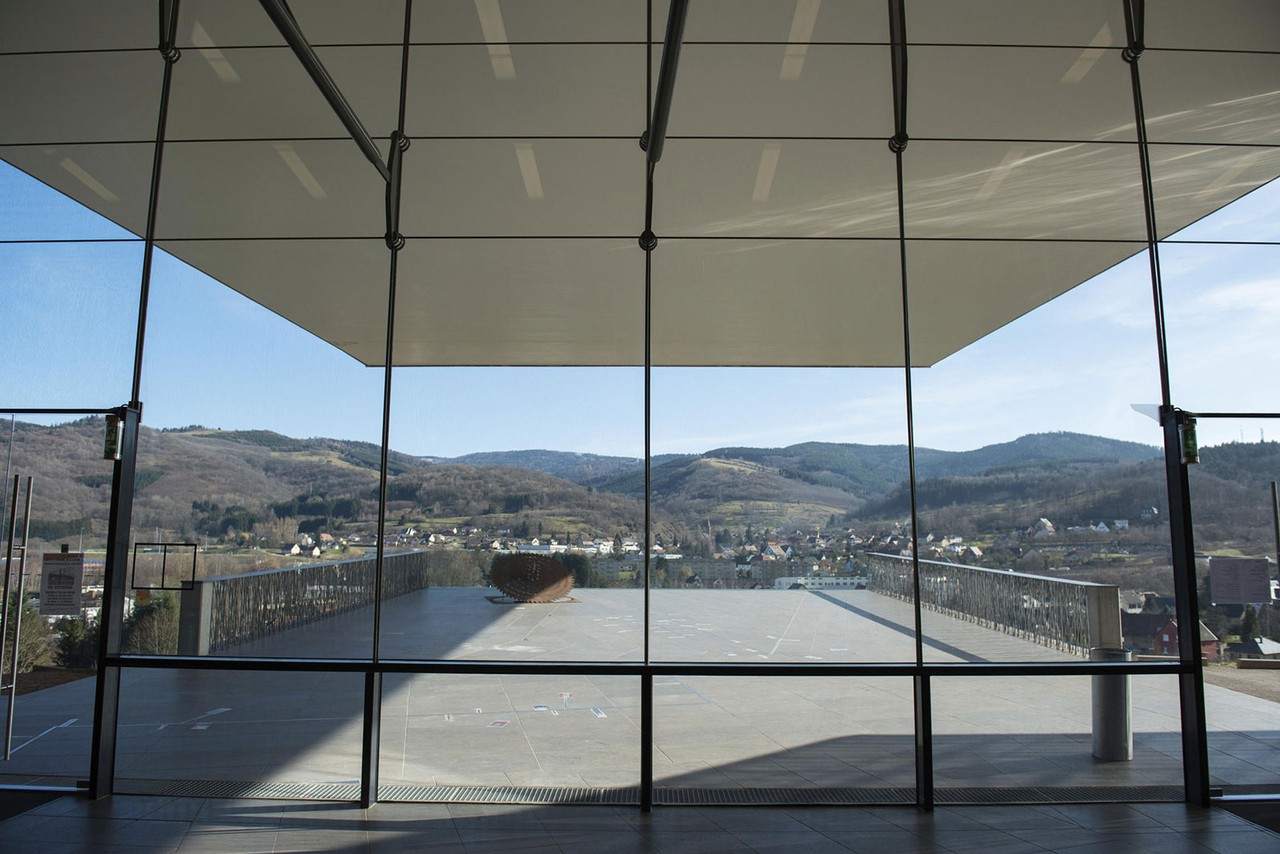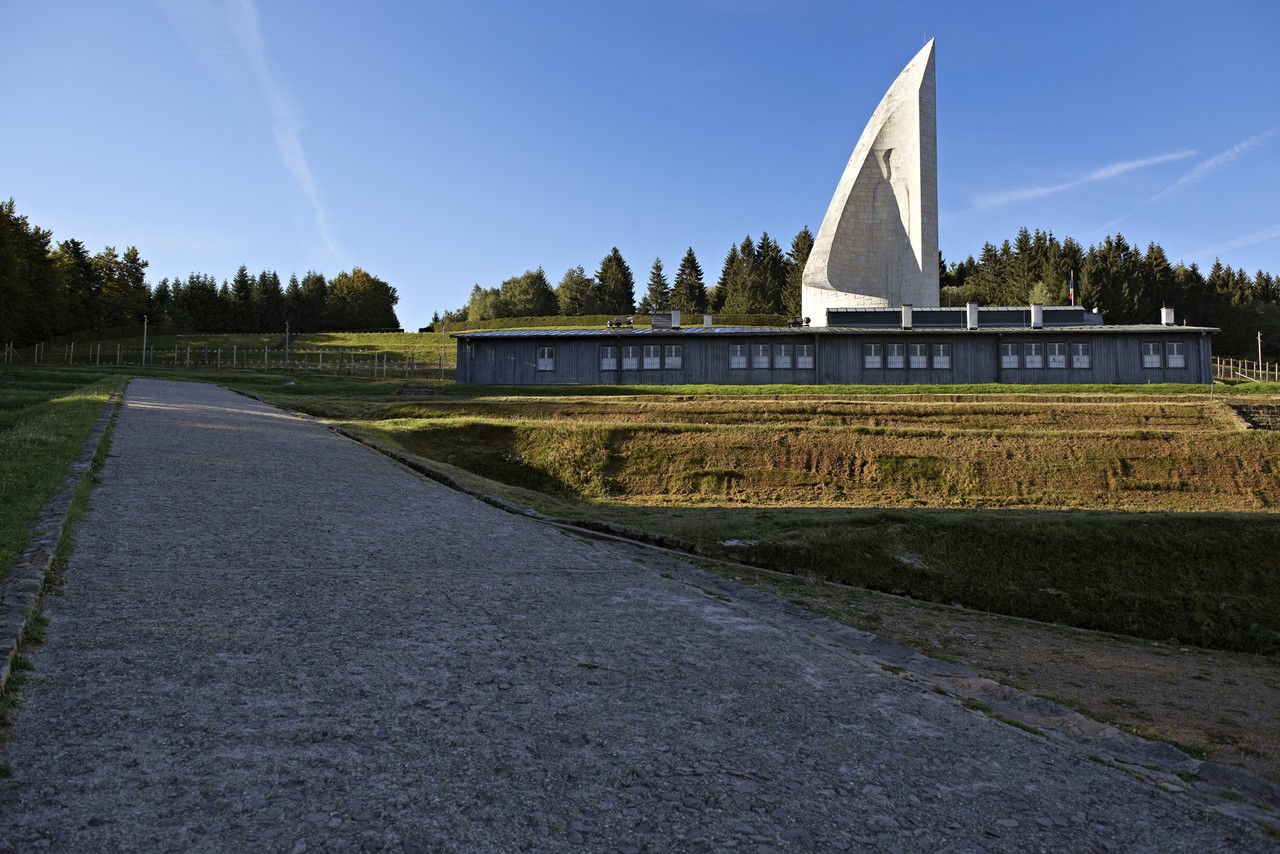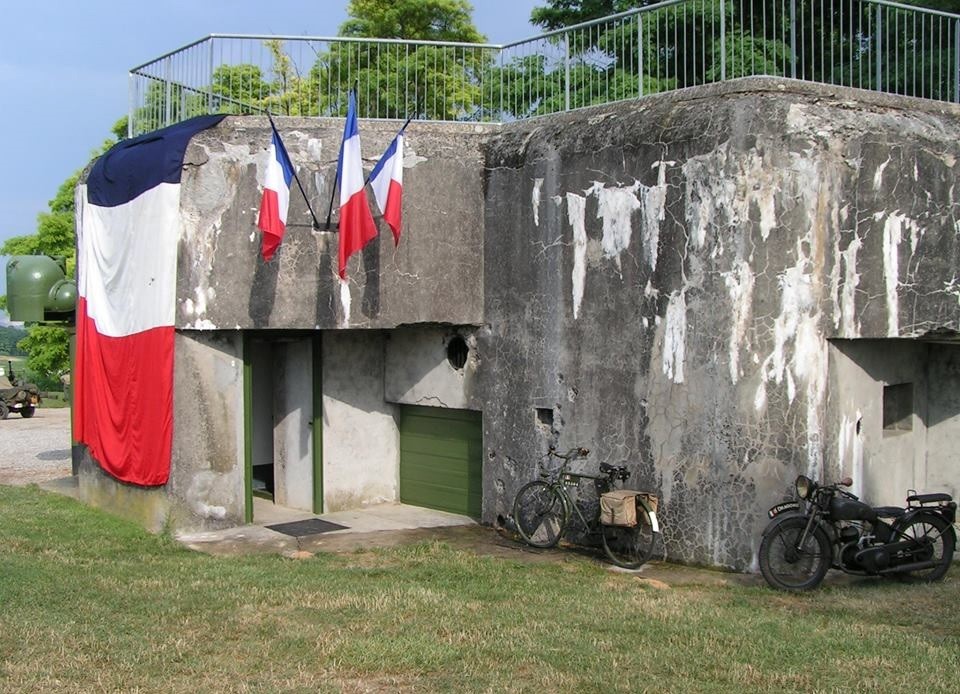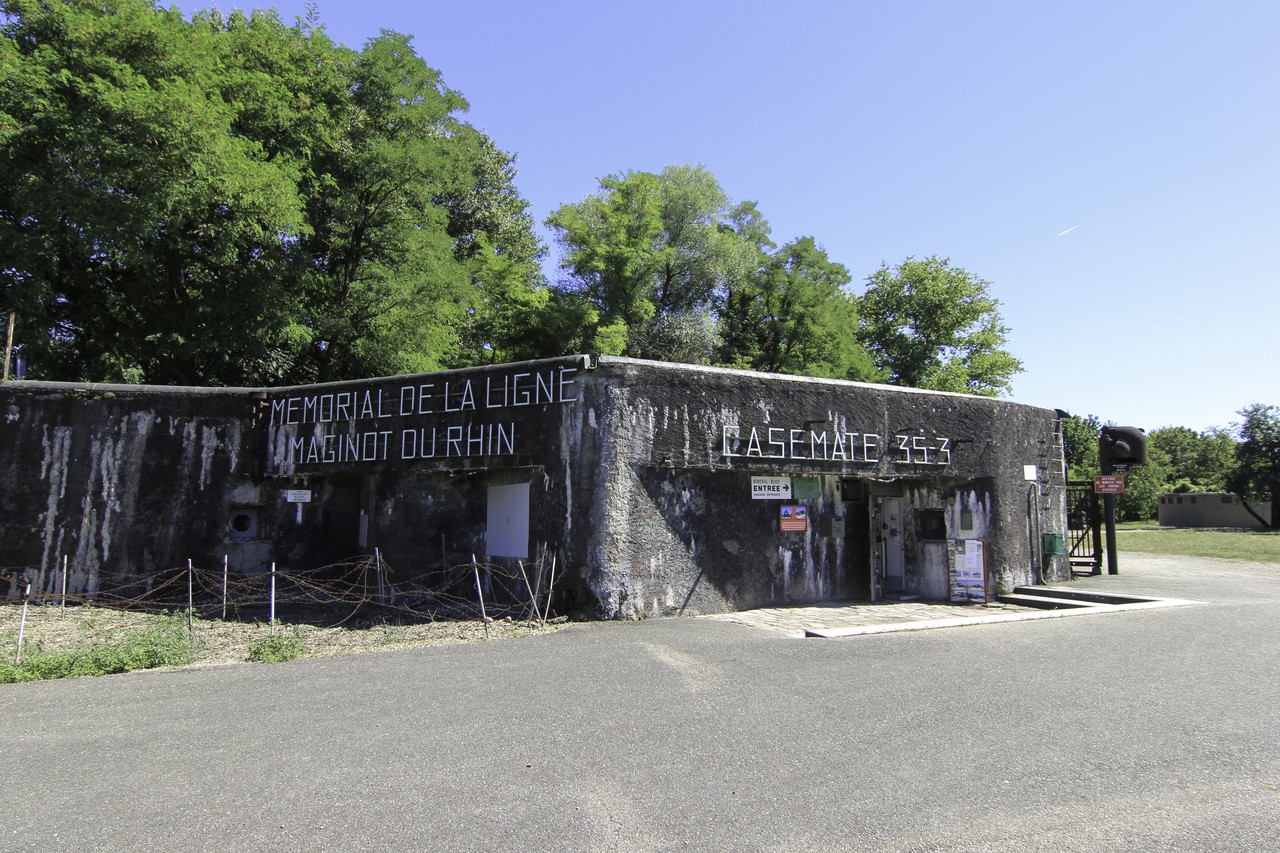Liberation of Alsace
14 listopada 1944 / 9 lutego 1945
Francja
Oznacz
Udostępnij
The liberation of the Alsace happened in stages. Logistical difficulties, broken terrain, stubborn German resistance, and differences among Allied commanders meant that fighting to liberate the region took many weeks.
Allied victory in Normandy and the success of Operation Dragoon sent German armies in headlong retreat. The rapid pursuit, however, consumed inordinate amount of petrol and other supplies, which all had to be transported from the beaches of Normandy or from ports in Provence. In early September logistical difficulties forced general Eisenhower to prioritize, and he chose to target the Ruhr industrial area.
Meanwhile, American and French forces met determined German resistance around Metz and in the Belfort Gap; the Allies were stopped short of their objectives in the Alsace. Only in mid-November 1944 did the Allies manage to break through the enemy lines. In the South the French liberated Belfort and reached the Rhine; in the North, the 7th U.S. Army penetrated German defences in the Vosges; the 2nd French Armoured Division exploited this success, liberating Strasbourg on 23rd November.
Despite this success, general Eisenhower forbade general Patch’s 7th Army to cross the Rhine and attempt to outflank German West Wall defences. To the south of Strasbourg, around Colmar, the Germans managed to hold on to a large pocket on the western bank of the Rhine. Again, a stalemate ensued.
On New Year’s Eve, 1944, German units began Operation Nordwind, the final German attempt to turn the tide in the West. After three weeks of bloody fighting, the German forces were stopped. From 20th January to 9th February the French 1st Army, reinforced by U.S. troops, cleared the Colmar Pocket, thus liberating the last large section of French land still under German occupation.
